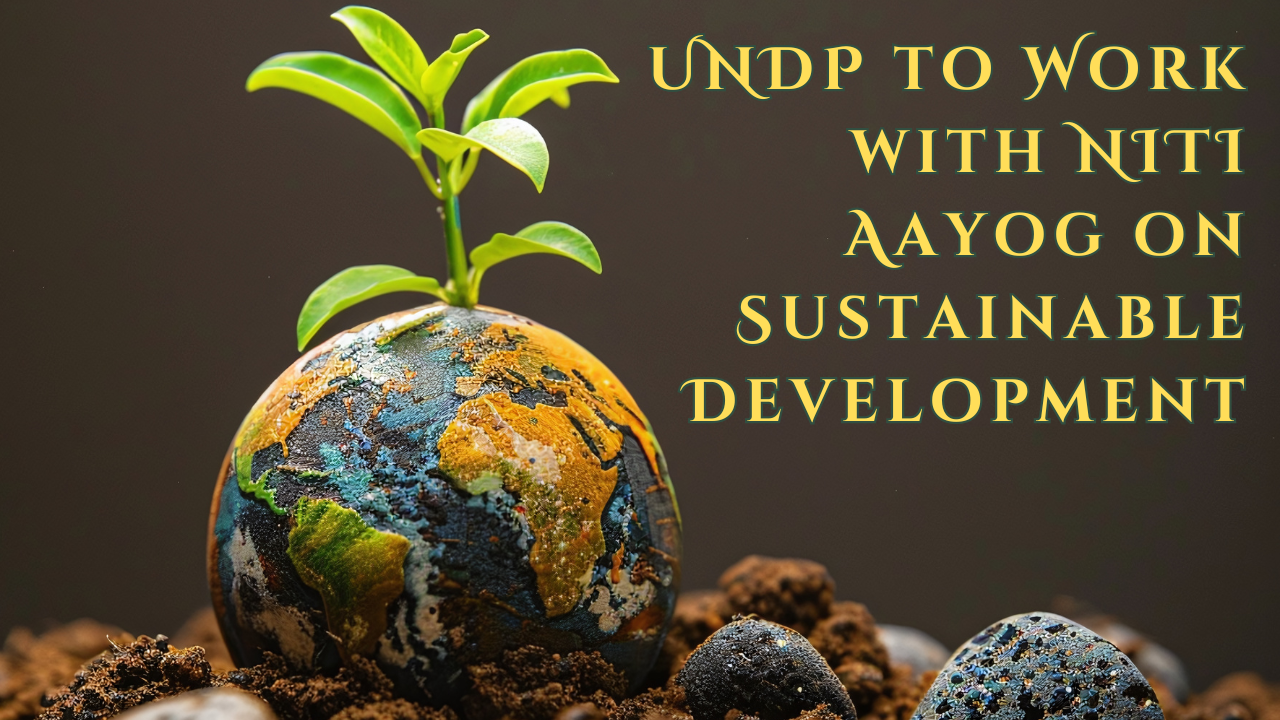Deforestation Intensifies Climate Impact
Context:
A recent study has revealed the severe consequences of deforestation on Africa’s tropical montane forests, showing that tree loss has led to a significant increase in temperatures and cloud base height (CBH), with effects that exceed those caused by climate change alone.

Cloud base height (CBH) is the estimated altitude of the base of the uppermost cloud layer in an atmospheric column, as seen from above by a satellite.
More on news:
- Deforestation Effects: The study found that deforestation has accelerated warming and increased cloud levels in the highlands of Kenya, Tanzania, Ethiopia, and South Africa, with a 18% loss of montane forests between 2003 and 2022 leading to a two-fold increase in maximum temperature and cloud level rise compared to climate change alone.
- Temperature and Cloud Base Height Increases: Over the past two decades, air temperatures have risen by 1.4 degrees Celsius, and the cloud base height has increased by 230 meters.
- Data Validation: The researchers validated their model using air and dew point temperature data from local weather stations in Ethiopia (Bale Mountain), Kenya (Taita Hills), and Tanzania (Kilimanjaro Mountain).
According to the United Nations Convention to Combat Desertification (UNCCD), deforestation is the conversion of forest to other land uses. This can include cutting down trees for agriculture, logging, grazing, urban development, or extracting natural resources. Deforestation can lead to habitat destruction, biodiversity loss, and a reduction in the atmosphere’s carbon dioxide uptake.


Steps Taken Against Deforestation:
India:
- Forest Conservation Act (1980): This act provides legal protection to forests and regulates their use.
- National Forest Policy (1988): This policy outlines the government’s approach to forest conservation and management.
- The Scheduled Tribes and Other Traditional Forest Dwellers (Recognition of Forest Rights) Act, 2006: The act was framed with the purpose to recognise and vest the forest rights and occupation in forest land in forest dwelling scheduled tribes and other traditional forest dwellers who have been residing in such forests for generations but whose rights could not be recorded.
- Afforestation and Reforestation Programs: India has undertaken extensive planting programs to increase forest cover.
- Community-Based Forest Management (CBFM): Local communities are involved in forest management, promoting sustainable practices.
- Joint Forest Management (JFM): Partnerships between government and local communities are established for forest conservation.
- Carbon Trading: India participates in carbon trading schemes to incentivize forest conservation and reduce emissions.
World:
- International Tropical Timber Organisation (ITTO): Promotes sustainable management of tropical forests.
- United Nations Framework Convention on Climate Change (UNFCCC): Addresses climate change, including deforestation as a major contributor.
- Reduced Emissions from Deforestation and Forest Degradation (REDD+): A mechanism to provide financial incentives to developing countries for reducing emissions from deforestation and forest degradation.
- Global Forest Goals: A set of voluntary goals aimed at halting deforestation and restoring degraded forests.
- Sustainable Forest Management Certification: Organisations like the Forest Stewardship Council (FSC) certify sustainable forest management practices.
Conclusion:
- Addressing deforestation is essential to achieving the United Nations Sustainable Development Goals (SDGs). Goals such as SDG 13 (Climate Action), SDG 15 (Life on Land), and SDG 6 (Clean Water and Sanitation) are directly impacted by deforestation.
- By promoting sustainable land use, reforestation, and conservation initiatives, we can protect these critical ecosystems, combat climate change, and ensure a healthier, more sustainable future for all.



